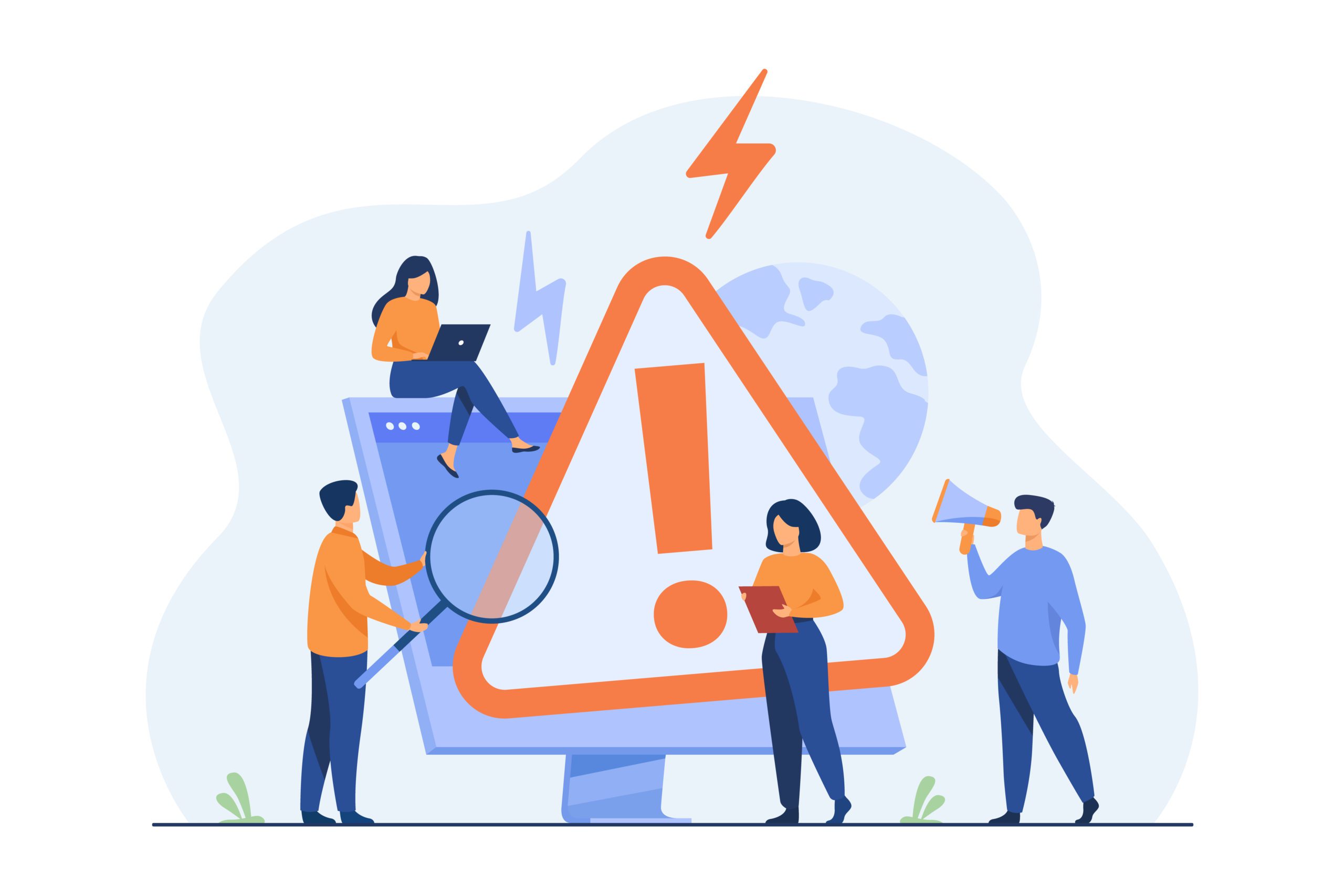WordPress updates are one of the basics when it comes to maintaining your website. While updates are a way to enhance your site, when done incorrectly, they can also break your site.
A broken website can lead to a host of other issues, including lost traffic and revenue. If your site breaks often enough, eventually, it will start to affect your brand’s reputation.
The good news is that there are safer ways to approach the update process. If you’re not that familiar with the WordPress backend or you don’t always have time for updates, it’s highly recommended that you get professional WordPress support.
Why WordPress Updates are a Big Deal
Updates replace previous versions of WordPress with the most current one, ensuring your entire site functions as it should. Many people wonder why they need to keep updating their sites when the current version of WordPress is working just fine – here’s why.
Bugs & Security Flaws are Fixed
Whenever there’s a potential security flaw or a bug is detected, the WordPress team gets to work immediately. Ensuring these seemingly small issues are fixed will prevent your site from breaking. It also reduces the risk of hackers finding their way into the backend of your site. By delaying updates or failing to make them at all, you increase the risk of a cyberattack.
If you haven’t read our other blog already, here’s how you can tell whether your WP site is vulnerable to a cyberattack.
Take Advantage of New Features
The WordPress development team is always working to improve the user experience. By forgetting to update your site, you could be missing out on some great new features that could drive additional traffic and sales.
Ensure Compatibility
Your version of WordPress is designed to work hand-in-hand with your theme and plugins. Theme and plugin developers also make regular updates to ensure their products are compatible with the latest version of WordPress. When your site, plugins and theme are outdated, there’s a very good chance your site will break.
Improve Site Performance
Lastly, by keeping your WordPress site up to date, you keep your site running at an optimal speed. Many of the updates that WP developers make are related to improving site speed. When your website runs faster, both your audience and Google will be happy.
How to Process WordPress Updates the Right Way
-
Have a Process in Place
When you have a strict update process in place, you know exactly what was installed and updated on any given day. It also ensures that you’re following the necessary steps to keep your site up and running. For one, make sure that you backup your site before updating anything.
Next, make a note of the plugins and themes that need to be updated along with WordPress. This way, if anything breaks, you can start eliminating the culprits. Lastly, once everything is updated, you’ll want to check that everything is working as it should. The process doesn’t need to take long either – having a process in place is what’s important.
-
Use Trustworthy Tools & Themes
If you’re planning to update your site, install a new theme or upgrade site functionality using plugins, be wary of which tools you use. When you’re only downloading themes and plugins from trusted developers and sites, there’s much less chance of your site breaking. If you’re downloading a plugin from the WordPress plugin directory, read through the reviews first and check when it was last updated. It’s also important to limit the number of plugins you use. If there are plugins you no longer use, rather get rid of them. Not only does this limit errors but security risks too. If you aren’t using any security plugins yet, here are our top recommendations.
-
Define Your Homepage and Posts Page
Another way that you can prevent updates from breaking your site is to ensure your homepage and posts page is selected. If you currently have a static homepage selected, make sure that you have a specific Posts page selected too – this refers to your blog. Leaving one of these options unselected is known to cause problems during updates.
-
Stay Away from Core Files
Unless you understand code, never try and make updates using core WordPress files. You may know where and how to access them but this is one sure-fire way to break your site. Even misplacing one letter can break the front as well as the backend of your site.
-
Ensure Your Email Address is Correct
By ensuring your email address is correct under the General settings menu, you will always receive the necessary notifications about updates. This way, there’s no excuse not to keep your WordPress site up to date at all times.
Ideally, all updates should be processed and checked on a staging site before being applied to your website. This way, any issues that are caused won’t affect your live site. Setting up a staging environment is not difficult but it can be time-consuming if you’re not a developer. Again, this is where it helps to have a support agent to assist you with updates.
How Often to Update WordPress
There’s no need to run an update the second it’s released. In fact, it’s best practice to wait a week or two to ensure all bug fixes have been attended to after release.
Delaying WordPress updates for a month or two, however, leaves your website vulnerable to errors and hackers.
Avoiding common WordPress hassles is so easy to do. At the end of the day, as long as you are updating your site in time, getting rid of what you don’t need and following a stringent process, there’s no reason why your site won’t continue to function as it should.
If you are running a business and don’t always have enough time to dedicate to your site, WordPress maintenance packages are inexpensive and well worth the investment.






